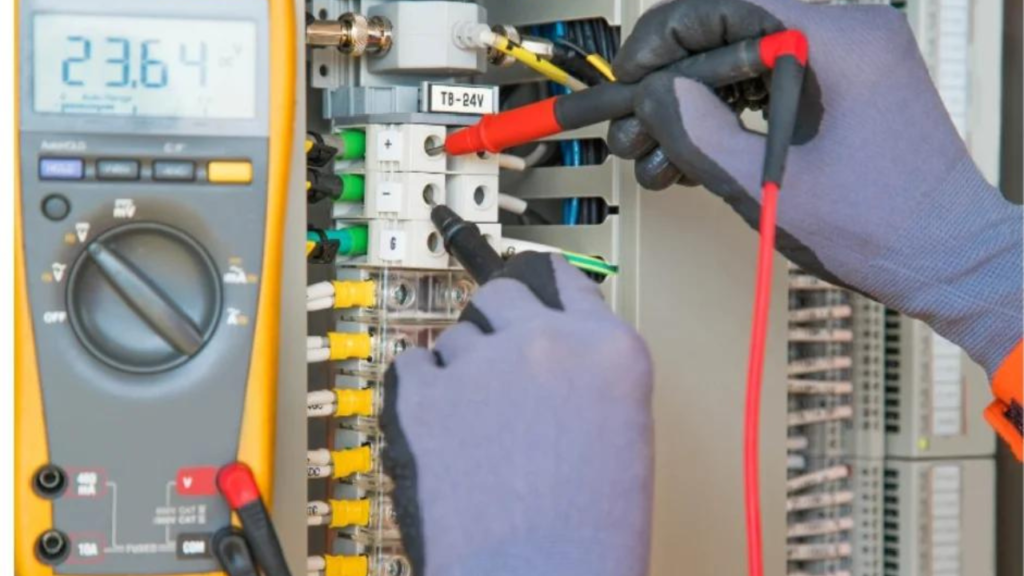The Process of Conducting an EICR
The process of conducting an EICR involves several key steps. Initially, the electrician will carry out a visual inspection to identify any obvious signs of damage or wear and tear. This is followed by a series of tests to evaluate the safety and performance of the electrical system. These tests might include checking the continuity of cables, ensuring there is no electrical leakage, and verifying the effectiveness of earthing arrangements.
The electrician will also test the operation of protective devices like circuit breakers and Residual Current Devices (RCDs). Their proper functionality is vital for preventing electrical shocks and fires. Once all the tests are completed, the electrician will compile the findings into a comprehensive report, which may be necessary for obtaining an Electrical Safety Certificate London.
Components of an EICR
The EICR report includes several key components. The first part details the property and the individual who conducted the inspection. It includes information such as the inspection date, the type of property, and the scope of the assessment. This section ensures transparency and accountability in the inspection process.
The main body of the report details the findings of the inspection. It categorizes any issues identified into different codes based on their severity. These codes are as follows:
- C1: Danger is present, and there is a risk of injury. Immediate action is required.
- C2: Potentially dangerous. Urgent remedial action is required.
- C3: Improvement recommended.
- FI: Further investigation required.
These codes help property owners and managers understand the urgency of the issues and prioritize necessary repairs or upgrades.
Importance of EICR for Safety
Safety is the foremost reason for conducting an EICR. Electrical faults are a leading cause of fires in residential and commercial properties. An EICR helps to identify potential hazards before they escalate into serious problems. By addressing issues like faulty wiring, overloaded circuits, or outdated installations, property owners can significantly reduce the risk of electrical fires, shocks, and other accidents.
Moreover, an EICR ensures that the property complies with the latest electrical safety standards. This is particularly important for landlords with a legal obligation to provide safe living conditions for their tenants. Regular EICRs can help landlords meet their duty of care and avoid potential legal liabilities arising from electrical faults.
EICR and Property Value
In addition to safety, an EICR can positively impact a property’s value. A property with a current and satisfactory EICR will likely be more attractive to potential buyers or tenants. It demonstrates that the property has been well-maintained and that the electrical systems are safe and reliable. This can be a significant selling point, especially in competitive real estate markets.
Conversely, neglecting electrical maintenance can lead to costly repairs. Electrical issues not promptly addressed can worsen, leading to more extensive and expensive repairs. An EICR helps property owners stay proactive in maintaining their electrical systems, saving money, and preserving property value.
EICR for Compliance
Many companies require an EICR as part of their policy conditions. A valid EICR can facilitate smoother claims in case of electrical accidents or damages. It provides evidence that the property owner has taken the necessary steps to ensure electrical safety, which can be crucial in settling claims.
An EICR is often mandatory for commercial properties to comply with health and safety regulations. Businesses have a legal obligation to ensure the safety of their premises for employees, customers, and visitors. Regular EICRs help companies meet these regulatory requirements and avoid potential fines or legal actions.
Frequency of EICRs
The frequency of EICRs depends on the type of property and its usage. For rental properties, an EICR every five years or at the beginning of a new tenancy is generally recommended. Commercial properties might require more frequent inspections, depending on the nature of the business and the electrical load.
An EICR is recommended every ten years for owner-occupied residential properties. However, if there are any concerns about the condition of the electrical installations, it is advisable to conduct an inspection sooner. Any significant renovations or changes to the electrical system should also prompt an EICR to ensure everything remains safe and compliant.
Conclusion
An Electrical Installation Condition Report (EICR) is a vital tool for ensuring the safety and functionality of a property’s electrical systems. It comprehensively assesses electrical installation conditions, identifying potential hazards or deficiencies. By addressing these issues, property owners can significantly reduce the risk of electrical accidents and ensure compliance with safety regulations. An EICR is a legal requirement and a proactive measure to protect lives, property, and investments. Companies like EICR Cert can assist in providing these essential reports. Whether you are a homeowner, landlord, or business owner, regular EICRs are necessary for maintaining electrical safety and peace of mind; if you want to stay updated with posts like this, please follow us on Magazinenation.


